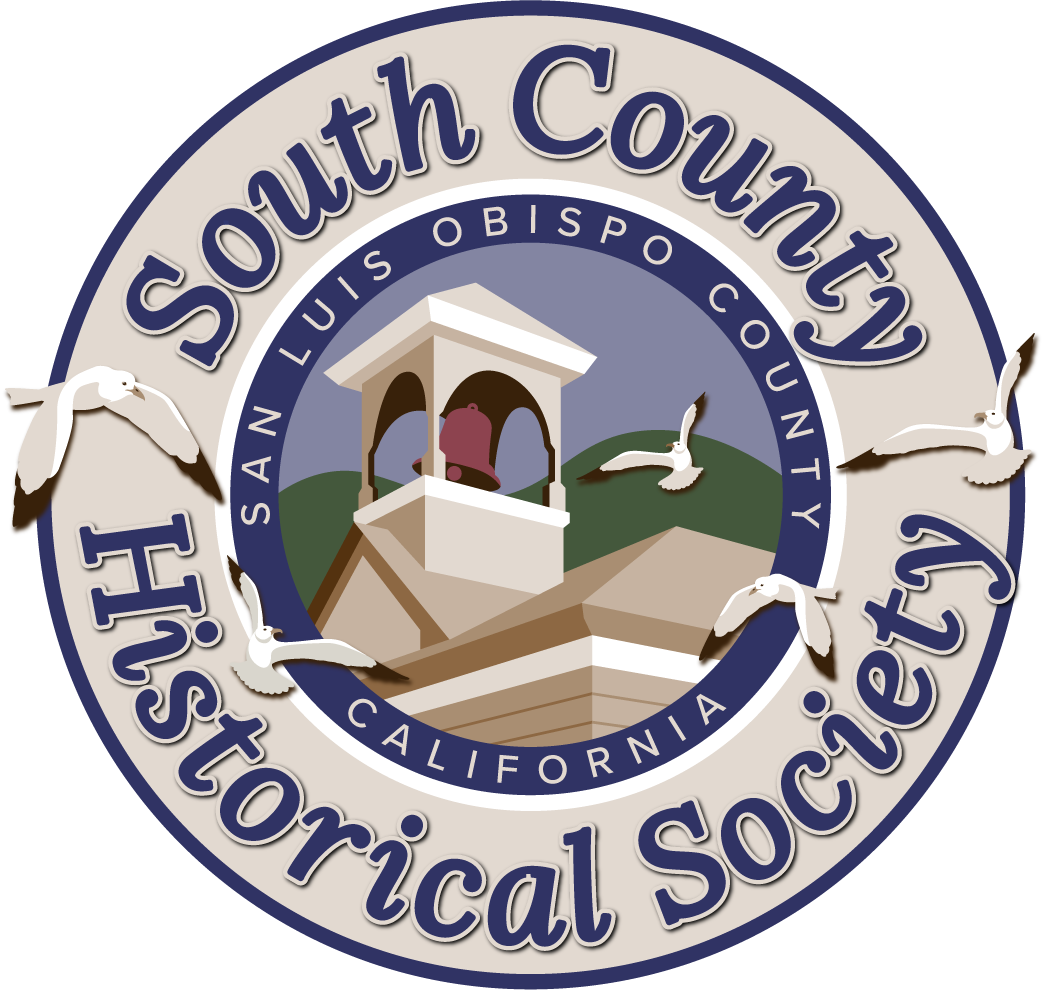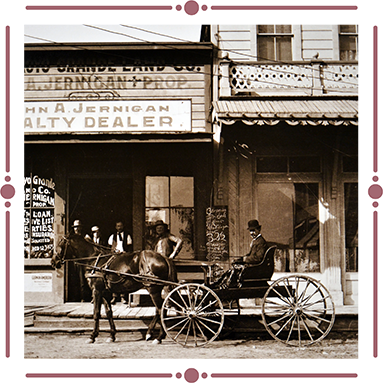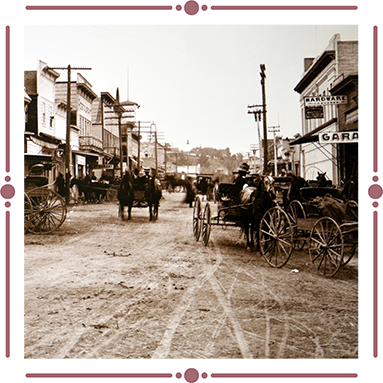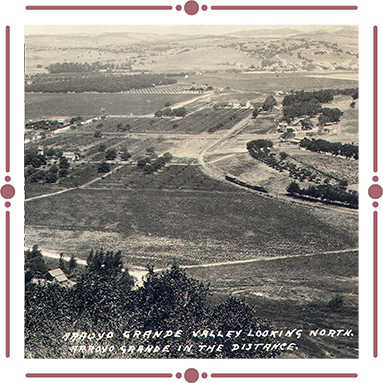



Oceano



Indian settlements were noticed in the Oceano area by the early Spanish maritime explorers who sailed up the California coast, but the first European explorers to actually travel through the dunes area were members of Don Gaspar de Portola's overland expedition of 1769. In September of that year, just after crossing the Santa Maria River, Portola's men killed "un oso flaco" — a skinny bear. The lake at the southern end of the park takes its name from this incident.
During the 1930s and 40s, the dunes were the home of a group of free thinking people including mystics, nudists, artists, writers, and hermits who identified themselves collectively as the "Dunites." Among other activities, the group published a magazine, which they called The Dune Forum. The Dunites believed that Oceano Dunes was one of the centers of creative energy in California. Seek out the solitude of the dunes and perhaps you too, will feel these creative forces that the Dunites talked about.
The Oceano sand dune area is recognized by scientists, conservationists, government agencies, and the public as the finest, most extensive coastal dunes remaining in California.
Oceano is also the home to the Oceano Depot. By 1895, the Southern Pacific Railroad tracks reached to Oceano on its way south along the coast. Around the same the Town was developing. A wooden boardwalk connected the depot, built in 1896, with the Oceano Hotel. The current 2-story Southern Pacific Railroad Station was built in 1904, after the original depot burned down. I t included quarters for the station master’s family upstairs, and a waiting room, baggage and freight room, and agent’s office downstairs.



Oceano gave up many of its young men during World War II. This beautiful memorial sits on the Oceano Depot site.



